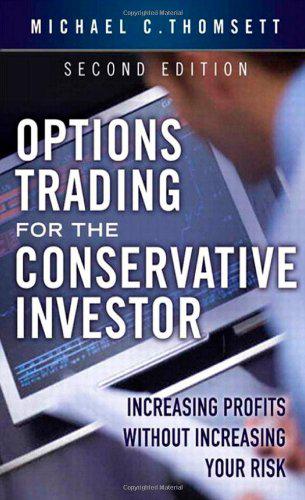The naked call is probably the highest-risk option strategy of all, right?
Not necessarily.
Most options traders associate risk with specific strategies. But you might want to question this assumption, based on a different definition of risks in trading: risk is not only determined by the attributes of a strategy, but more so by when and where the position is opened.
Even the notorious uncovered call may be less risky than most traders believe, based on a few important observations. These include:
1
